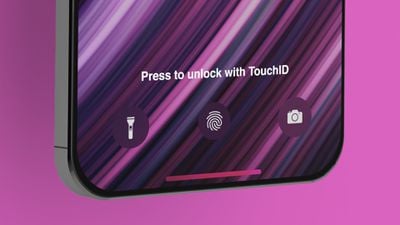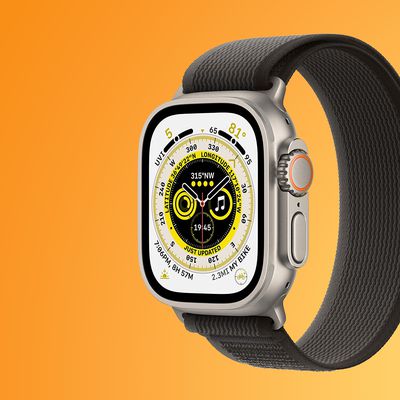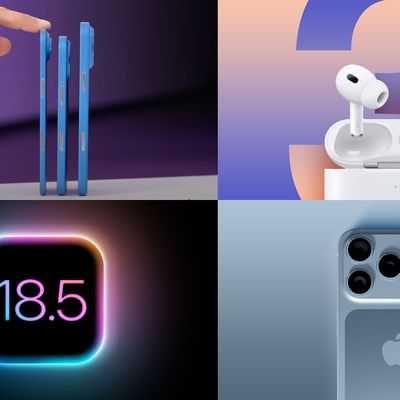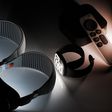Global shipments of fingerprint-on-display (FoD) sensors grew nearly eightfold in 2019, according to tech market research firm Omdia (via DigiTimes).

A total of 228.3 million FoD sensors were shipped in 2019, up 674% from 29.5 million in 2018, said Omdia. With FoD sensors having reached the sweet spot for market pricing, FoD shipments are expected to continue rising at a tremendous rate in 2020, expanding to more than 400 million units, Omdia indicated.
Apple stopped using its capacitive Touch ID sensor in its flagship iPhones when it introduced Face ID in 2017's iPhone X, which ditched the Home button in favor of an extended screen.
Apple has since pushed ahead with Face ID, adding it to every flagship iPhone since, and even including it in the iPad Pro. Meanwhile, most other smartphone brands have adopted fingerprint-on-display scanners as an advanced biometric identification technology to replace capacitive fingerprint chips. More than 70 smartphone models integrated FoD in 2019, according to Omdia.
Despite Apple's decision to move away from the technology in favor of face recognition, rumors persist about the company's interest in using under-screen fingerprint scanners in its mobile devices. Just last month we heard a report that Apple could feature the technology in an iPhone by 2021, while an anonymous leaker with a fairly accurate track record claimed Apple is developing a new iPad Air with under-the-screen Touch ID.
Those rumors also lined up with reports last year from analyst Ming-Chi Kuo, Barclays analysts, Bloomberg, and others who said they expect Apple to release an iPhone with both Face ID and under-display fingerprint authentication in 2020 or 2021.
Apple has explored various in-display fingerprint scanner solutions in the past, including fingerprint sensing MicroLED displays, but has not developed in-screen fingerprint technology for a consumer device. Meanwhile, Touch ID has found a new lease of life on Apple's MacBook keyboards and the latest-generation iPhone SE.
With rumors suggesting Apple is working to gradually reduce the size of the notch housing the TrueDepth sensor, which powers Face ID, the most likely scenario is a biometric authentication system that combines both facial and finger sensing tech, enabling a future all-screen device featuring unparalleled mobile security.






















